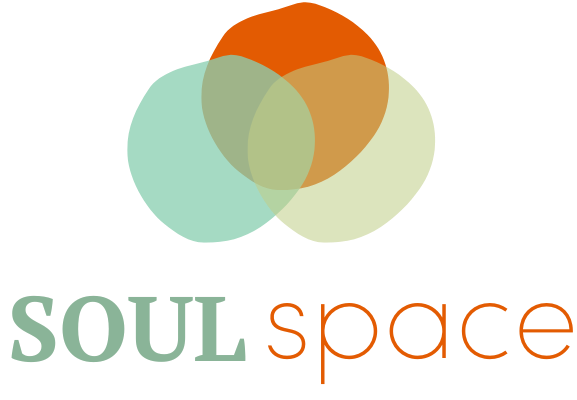Tui Na: Using Medical Massage To Relieve Your Body's External & Internal Symptoms
What is Tui Na?
Tui na is a style of medical massage rooted in Traditional Chinese Medicine theory. Translating to “pushing and grasping”, tui na is similar to acupressure, thai, and myofascial release. It is a targeted form of massage used to treat acute and chronic physical, mental, and emotional conditions. The practitioner uses fingers, hands, elbows, and forearms to apply pressure along acupoints, meridians, muscles and nerve bundles to reduce pain and remove stagnations. The free flow of qi energy promotes internal healing and repair.
Tui na can be used to relieve physical pain such as neck and shoulder tension, sciatica, low back pain, carpal tunnel, arthritis, and, but also can help alleviate internal conditions such as digestive disorders, sleep dysfunction, depression, anxiety, stress, and burnout.
What are “meridians” and “stagnations”?
The practice of East Asian medicine views the body in both physical, like muscles, skin, and bones, as well as an energetic system. These pathways are known as “meridians” or “channels”. Imagine the body as rivers of energy in all directions, from head to toe. Through injury, trauma, and lifestyle, flow of energy can become trapped like a dam at areas known as acupoints. These areas of stagnation lead to disease, pain, and mental restlessness. The goal of the practitioner is to establish flow and balance.
The meridian systems overlay similarly to the nervous, lymphatic, and facia systems that modern medicine knows today. Clearing “qi stagnations” is another term similar to establishing nervous system balance and reducing tension by applying pressure on muscle and tendon trigger points.
How is Tui Na different from other massages?
The core of tui na, like any other massage, is using pressure and movement in soft tissue. However, there are a variety of other hand techniques also employed, including tendon manipulation, acupressure, and percussion. Liniments are used to strategically warm or cool areas. Joints and limbs may be passively manipulated to promote flow and flexibility, and areas may be rubbed and cupped in order to stimulate organ systems.
A tui na session is both relaxing and energizing. The practitioner will assess through questioning, pulse, and tongue diagnosis to determine the imbalance. Many of the techniques use rhythmic compression that is individual to the health concern and to the patient’s constitution.
What does a tui na massage look like?
Tui na is performed on a massage table with limbs and back exposed, either disrobed and draped or with loose, moveable clothing if desired. Many hand techniques are employed, such as rubbing, pushing, compression, percussion, rolling, and grasping the muscles. Oils and liniments are used to smoothly assist the hand motions. Most of the treatment is focused on the desired physical or mental health concern, but other areas of the body are manipulated and massaged to create balance. Due to the meridian system, many of the areas that are beneficial may not be in the area of the pain - upper shoulder pain can be addressed by massaging the glutes, lower back pain can benefit from compression on the calves.
The practitioner will respect any preferences, limitations, or boundaries of the patient and can adjust the treatment to your comfort. Further, the practitioner can perform glass fire cupping, vacuum cupping, or gua sha scraping techniques to assist with the treatment, if desired.
What are cupping and gua sha?
These techniques offer immediate and lasting relief from physical tension, injury, and stress relief. Cupping is the use of glass or plastic vacuums on muscles, creating a suction that gently pulls the muscle up. Cupping helps move deep seated blood stagnation from the deep layers of the muscle into the superficial level, allowing the lymph system to carry it out of the body. Cupping also improves circulation, benefits the immune system, and promotes detoxification.
Gua sha involves using a stone tool to smoothly glide along the skin with the aid of oils and liniments. Gua sha helps with relieving acute and chronic muscle tension by opening up the pores, improving blood flow and releasing inflammation out of the body. Gua sha reduces stress, improves sleep, and can help with muscle-related migraines.
Both techniques can leave marks or bruises afterwards that may take 2-3 days to heal. Please let the practitioner know to refrain from these techniques if you prefer.
What should I try if I am experiencing stress, tension, or injury?
Tui Na, Cupping, and Gua Sha are all available with our acupuncture team at Soul Space. If you are unsure where to start, schedule a free, 15-minute consultation with a member of our acupuncture team to decide what your next best steps will be. Tui Na is a powerful tool to help your body rest, reset, and revitalize!
Written by Andres Velasquez, DCOM, Licensed Acupuncturist
Read his bio HERE

